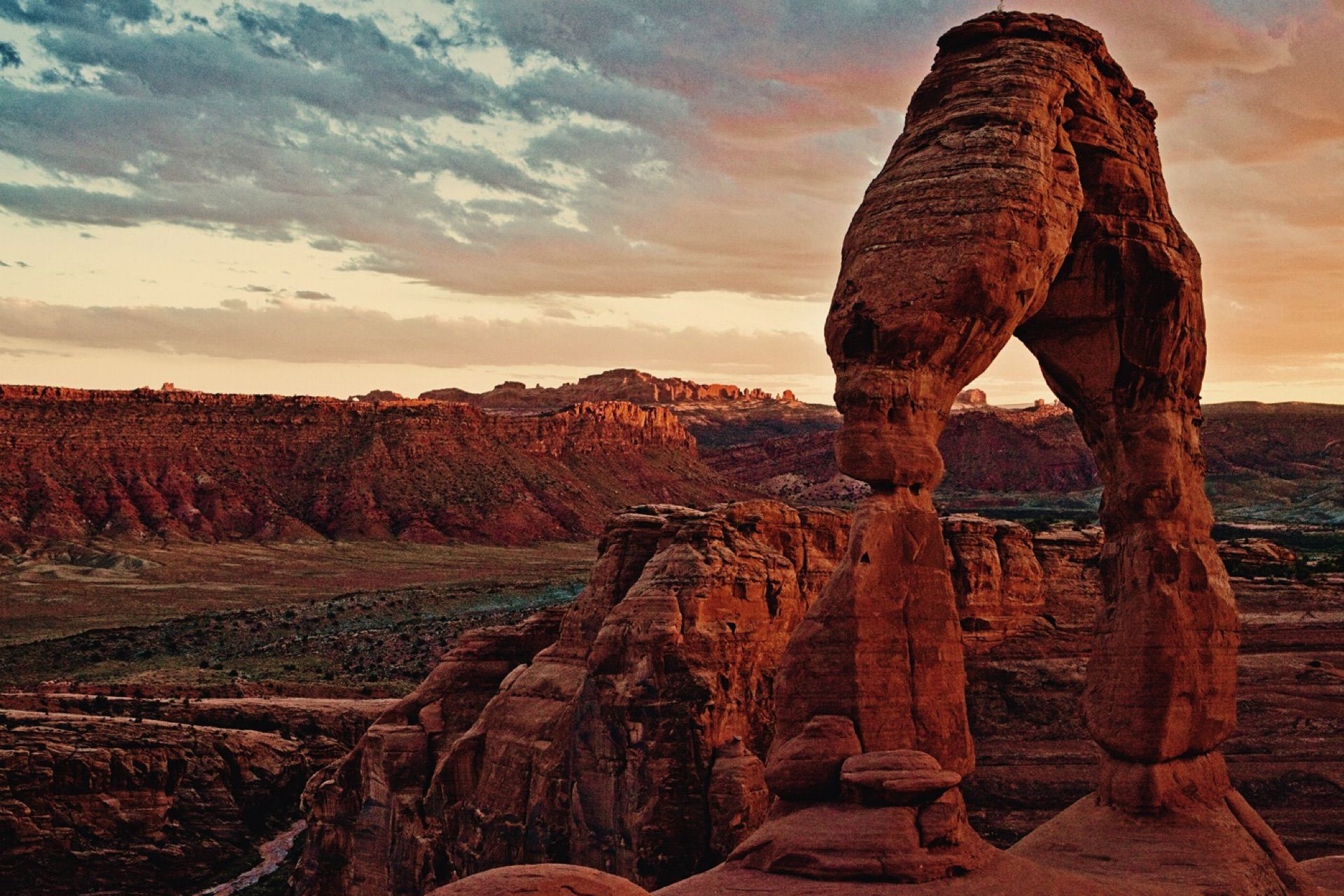Riding in Moab:
Hazard County Shuttle
Bicycle Shuttle Service - Moab, Utah
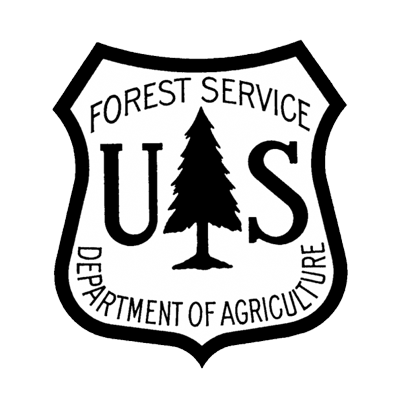
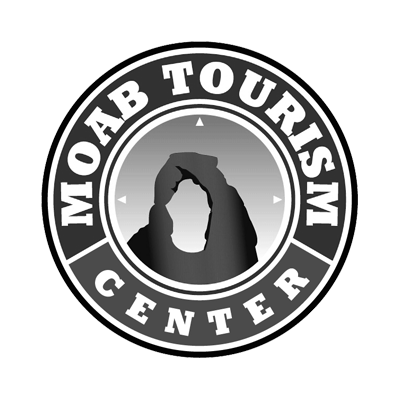
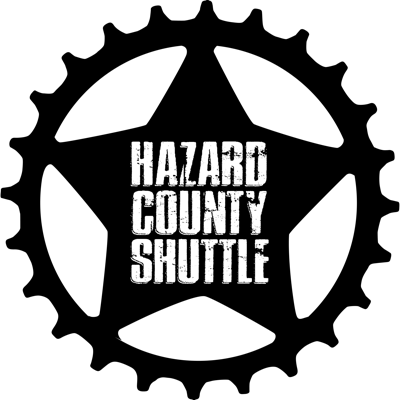
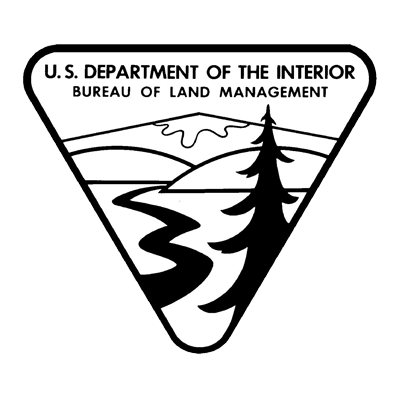
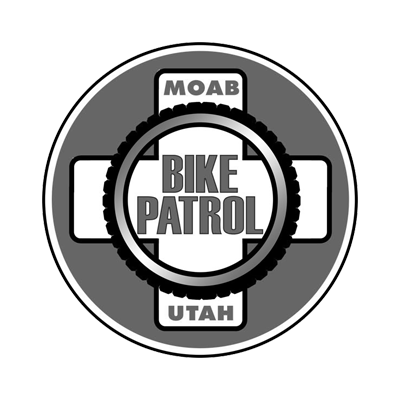

Riding In Moab / Riding In The Desert / Riding In The Moab Area
Moab's scenery is breathtakingly beautiful, making it one of the most unique and diverse places on the planet. However, the desert can also be very unforgiving, and has created some unfortunate circumstances for a number of visitors. Sometimes, even after taking diligent precautions, the desert can challenge the most prepared of adventurers.
Desert riding conditions can be unpredictable due to fast-moving unstable weather patterns. Being unprepared for the harsh environment is dangerous. It carries risks to your life, as well as the lives of others. Grand County has the highest incidence rate of Search and Rescue in all of Utah.
Always carry more food and water then you think you will need. If you think you have enough, you probably don't! Take more! There are NO water sources on the trails, and summer temperatures typically average over 100 degrees Fahrenheit. Eat frequently, even if you're not hungry! You will need the calories to sustain your energy on long rides.
The Moab Bike Patrol recommends at least one gallon of water per person per day, while you're out riding. Ride with a buddy, and tell someone where you are going, and when you expect to return! Know your location, carry a trail map, and orientate yourself with it. Don't rely solely on your cell phone or other electronics for navigation! Maps for Slickrock and Porcupine Rim Classic trails are provided at trailheads and the entrance station on Sand Flats Road. Detailed topographic maps and other local trail maps are available in Moab, at bike shops, bookstores, and at the Moab Information Center.
Know your limits. When in Doubt, Walk It Out!
Bring a headlamp and extra warm layers, even if you don't plan on being out in the dark. Keep your bike in excellent working condition. Moab is notorious for rattling everything loose and destroying bike frames and components. Mechanical breakdowns that you wouldn't think possible, are a daily occurrence out here. (Bring extra tubes, pump, tire patch kit, tube patch kit, tire lever, a spare cable, spare derailleur hanger, master link, multi-tool with chain breaker, lube, and shock pump. Always bring extra layers, and a windbreaker or waterproof jacket. Carry sunglasses, sunscreen, fire starter, first aid kit, and a cell phone.
LEAVE NO TRACE PRINCIPLES
Pack Out What You Pack In. Essentially anything that you brought onto the trail with you, comes out with you. This includes but is not limited to: food wrappers, broken equipment, and should nature call, your toilet paper. Bring a spare ziplock bag for trash, and don't be afraid to pick up other's trash, should you come across it. Our goal is to keep the desert pristine, so everyone can enjoy it.
DON'T BUST THE CRUST…IT'S ALIVE!
Cryptobiotic Soil is the lifeblood of the desert. Cryptobiotic soil crusts are an important part of arid and semi-arid ecosystems throughout the world, including those in Moab, and its surrounding areas. Crypto means hidden, while biota means life.
These crusts are primarily composed of very small organisms, that cannot be seen with the naked eye. Well-developed cryptobiotic soil crust is often much darker than the soil beneath it, and has a sponge-like look and texture. The extent of crust development depends on soil structure, texture, and chemistry, as well as elevation and microclimate.Cryptobiotic soil crusts are quite fragile, especially during the drier seasons. Small amounts of pressure will break through the crust, and expose the loose sand or soil beneath the forces of erosion. As a result, humans can have a major impact on these delicate crusts. Footprints from hikers and livestock will crush cryptobiotic crusts underfoot, and the tires from motorized vehicles have an even greater potential to damage large areas. Once compacted, cryptobiotic soils can take anywhere from a few years, to several decades and beyond, to recover.
Research suggests that recovery of some of the algal and lichen components, as well as it's functions, may take much longer, and could take several hundred years in very dry environments. Until recovery, the soils in the impacted area can be damaged by accelerated erosion and nutrient loss.Help protect the crust and the plants and animals that depend on it. While exploring Moab and its surrounding areas, stay on established trails, or walk in dry washes, or on bare rock. You can also help both us and the desert, by telling others. Spread the word!
